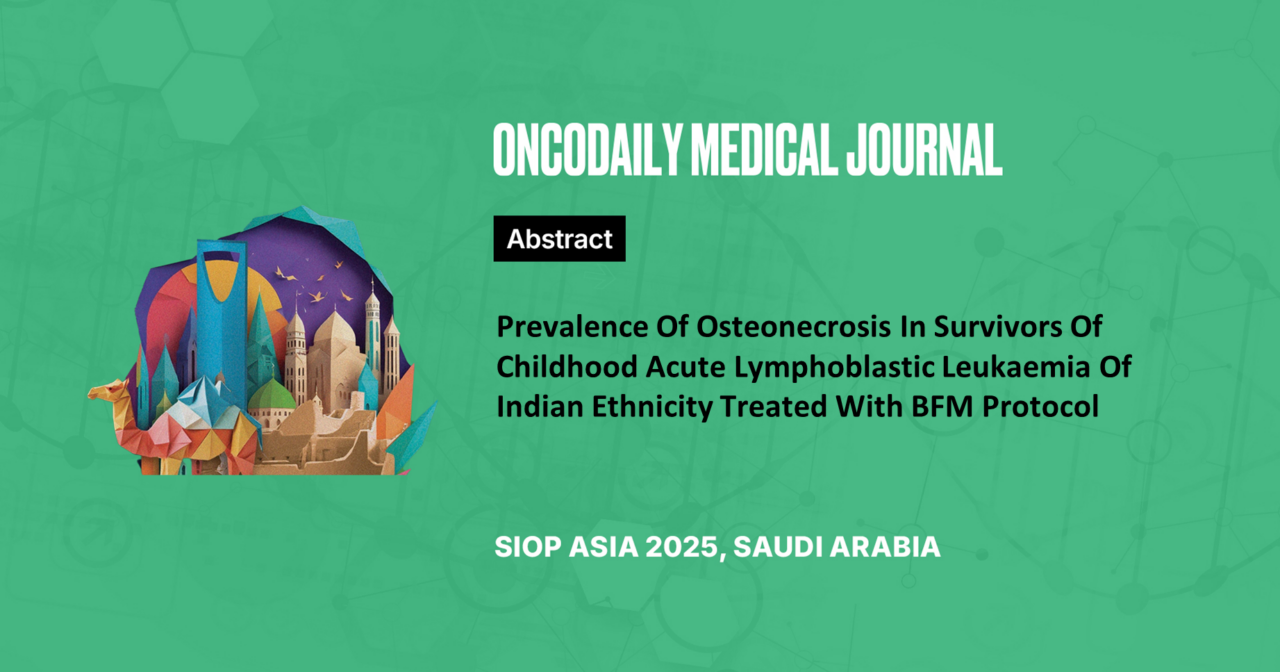Prevalence Of Osteonecrosis In Survivors Of Childhood Acute Lymphoblastic Leukaemia Of Indian Ethnicity Treated With BFM Protocol
Abstract
Introduction: There is paucity of data from low-middle income countries (LMIC) on osteonecrosis (ON) in survivors of childhood acute lymphoblastic leukaemia (cALL-survivors). We conducted this study to estimate prevalence of ON in cALL-survivors of Indian ethnicity and factors affecting it.
Methodology: This cross-sectional study enrolled cALL-survivors post completion of treatment. ON was estimated using magnetic resonance imaging of the hip joint. Demographic, anthropometric, therapy/disease-related and biochemical/endocrine factors affecting calcium homeostasis were studied in two groups: with and without ON.
Results: Total of 61 out of enrolled 87 cALL-survivors with median age 118 months (range:84 – 283) were analysed after median 12 months (range:1 – 113) post completion of therapy. Two-third of the cohort was male and 41% were pubertal. 5/61 (8.2%) were found to have asymptomatic and non-traumatic ON. Three ON were grade II and two were grade III as per Niinimaki radiological classification. Cumulative doses (CD) of dexamethasone, glucocorticoids (GCs), L-asparaginase, anthracycline and low serum vit D levels were associated with ON.
Other demographic factors including age at diagnosis> 10 years, disease-related, therapy-related factors including cranial irradiation and biochemical/endocrine factors were not associated with ON. The median CD of dexamethasone (p=0.004) and GCs (p=0.008) were significantly high in groups with ON. Median CD of methotrexate (p=0.051), anthracycline (p=0.058) and serum vit D levels (p=0.054) along with serum alkaline phosphatase levels (p=0.06) had a trend towards significance but were not statistically significant in ON group.
Conclusion: The prevalence of ON in our cohort of cALL-survivors was 8.2%. Higher CD of GCs including dexamethasone as confirmed by their higher median CD exposure was the single-most risk factor associated with ON in our cohort. Follow-up multi-centric studies with a large number of subjects are required from LMIC to exactly outline the prevalence of ON in cALL-survivors and factors affecting it.





